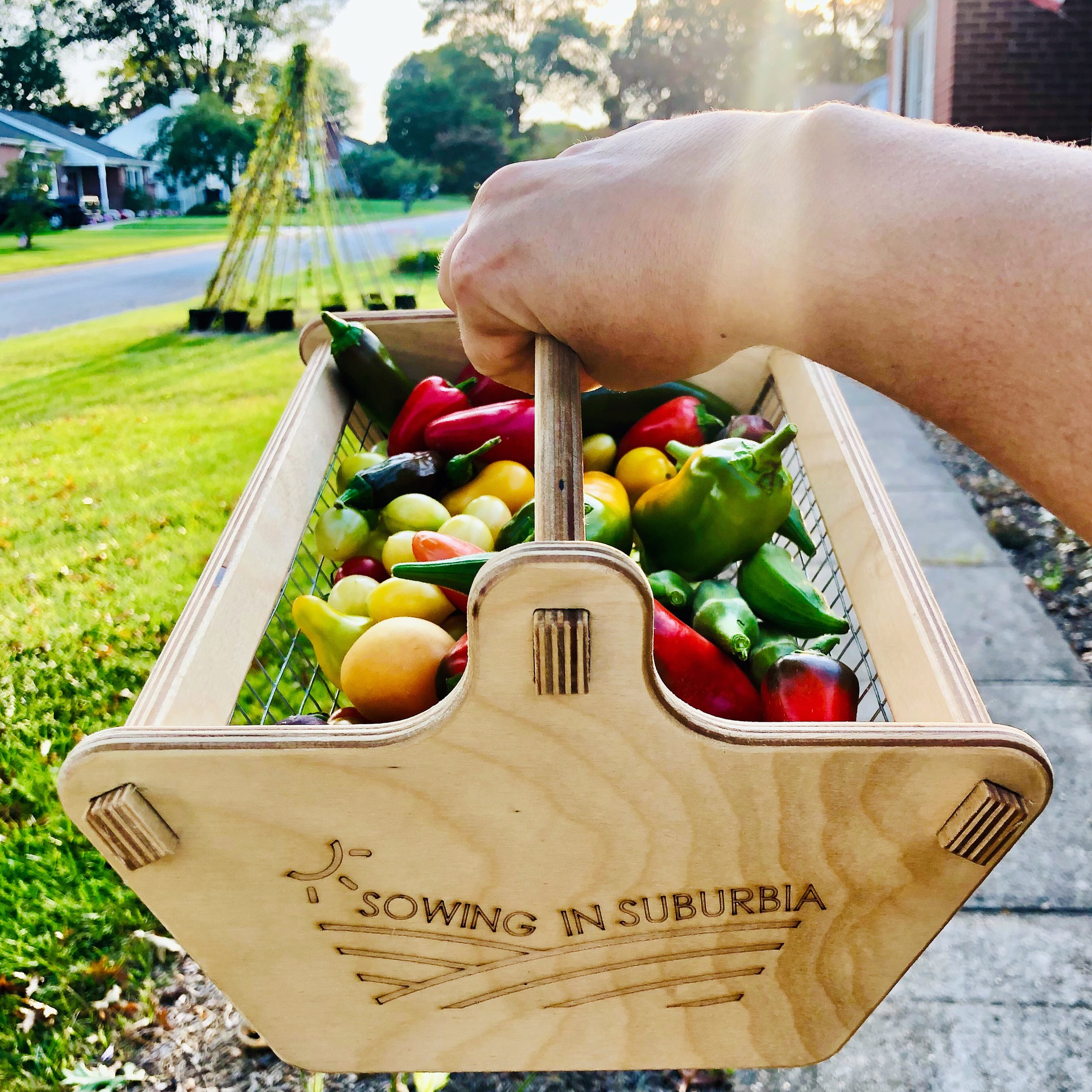Spring Gardening: How to Revive Your Soil & Garden
Spring is just around the corner. If you’re anything like me, you’re dreaming of digging your hands in the soil and planting those first seeds so you can watch the garden come to life. But before you dive in, let’s talk about the groundwork that will set your garden up for success this season. From essential maintenance to soil preparation, here’s how to kick off your gardening season right.
Tidy Up Your Garden Space
Before planting, take a stroll through your garden and assess the situation. Winter can leave behind debris, weeds, and other surprises that need your attention. Here’s what to do:
Clear debris: Remove any fallen branches, dead leaves, and last season’s plant remains. These can harbor pests and diseases that could affect new growth.
Weed early: Get ahead of weeds before they take over. Pulling them now prevents them from competing with your plants later.
Prune with purpose: Trim back perennials and shrubs to encourage healthy growth. Be sure to remove any dead or damaged branches.
Inspect and Maintain Your Tools
A gardener is only as good as their tools. Before you start digging, give your gear a little TLC:
Clean and sharpen: Wash off any dirt, sharpen blades, and oil moving parts. Sharp tools make your work easier and reduce plant damage.
Check for repairs: Replace any broken tools or handles. A sturdy shovel or hoe can make all the difference when tackling spring chores.
Soil: Your Garden’s Foundation
Healthy soil is key to a thriving garden. After months of rest, your soil needs some love to wake it up and get it ready for planting. The three main components of soil health include: nutrient content, pH, and texture.
Nutrients
Soil contains a variety of elements and minerals that plants depend on. The most important are nitrogen (N), phosphorous (P), and potassium (K).
Nitrogen is responsible for the plants’ green, leafy growth.
Phosphorous helps plants form strong roots, produce flowers, and develop fruit.
Potassium is vital to the plants’ overall health and disease resistance.
There are also many trace minerals in soil including calcium, iron, magnesium, manganese, sulfur, boron, and zinc. While only playing supporting roles, they are involved in essential plant processes like nutrient uptake, photosynthesis, and cell growth.
pH
pH is measured on a scale of 0 to 14 with the lower end being acidic and the higher alkaline.
Blueberries, azaleas, and hydrangeas thrive in acidic soil (~4.5 to 5.0).
Artichokes and asparagus prefer more alkaline soil (~8.0).
Most plants are happy somewhere between in neutral soil (~5.5 and 7.5).
Unlike a fish tank, soil pH isn’t as easy to change and may take time. Keep reading to learn how to adjust soil pH.
Soil Texture
Soil texture refers to the balance of sand, silt, and clay in your soil.
Sandy soil drains quickly but lacks nutrient retention.
Clay soil holds nutrients well but drains poorly.
Loamy soil is balanced, holding its shape while crumbling easily.
Test texture by squeezing a handful of moist soil.
Prepping Soil for Planting
Test your soil: Get a soil testing kit to check pH levels and nutrient content. This helps you know what amendments your soil might need.
Add organic matter: Add a 1/2 to 1-inch layer of compost ahead of each planting season to boost soil structure and fertility.
Loosen the soil: Use a garden fork to aerate any compacted soil. Avoid overworking it if it’s too wet, as this can damage the soil’s structure.
Soil Amendment Tips
Increasing pH: If your soil is too acidic, add lime to help raise the pH over time.
Decreasing pH: For soil that’s too alkaline, elemental sulfur or ammonium sulfate can gradually lower the pH. Be patient — these changes take months.
Improving texture: Adding compost is usually the best solution for amending soil texture. Clay soil may benefit from some coarse sand to improve drainage.
Boosting nutrients: Apply fertilizers based on your soil test — you don’t want to overdue it. Organic options like bone meal, blood meal, or seaweed extract are great for balancing nutrients naturally.
Spring is the season of renewal, and there’s nothing quite like watching your garden wake up and bloom. With a little maintenance and thoughtful soil preparation, you’ll be setting the stage for a season full of growth, beauty, and delicious harvests.




























